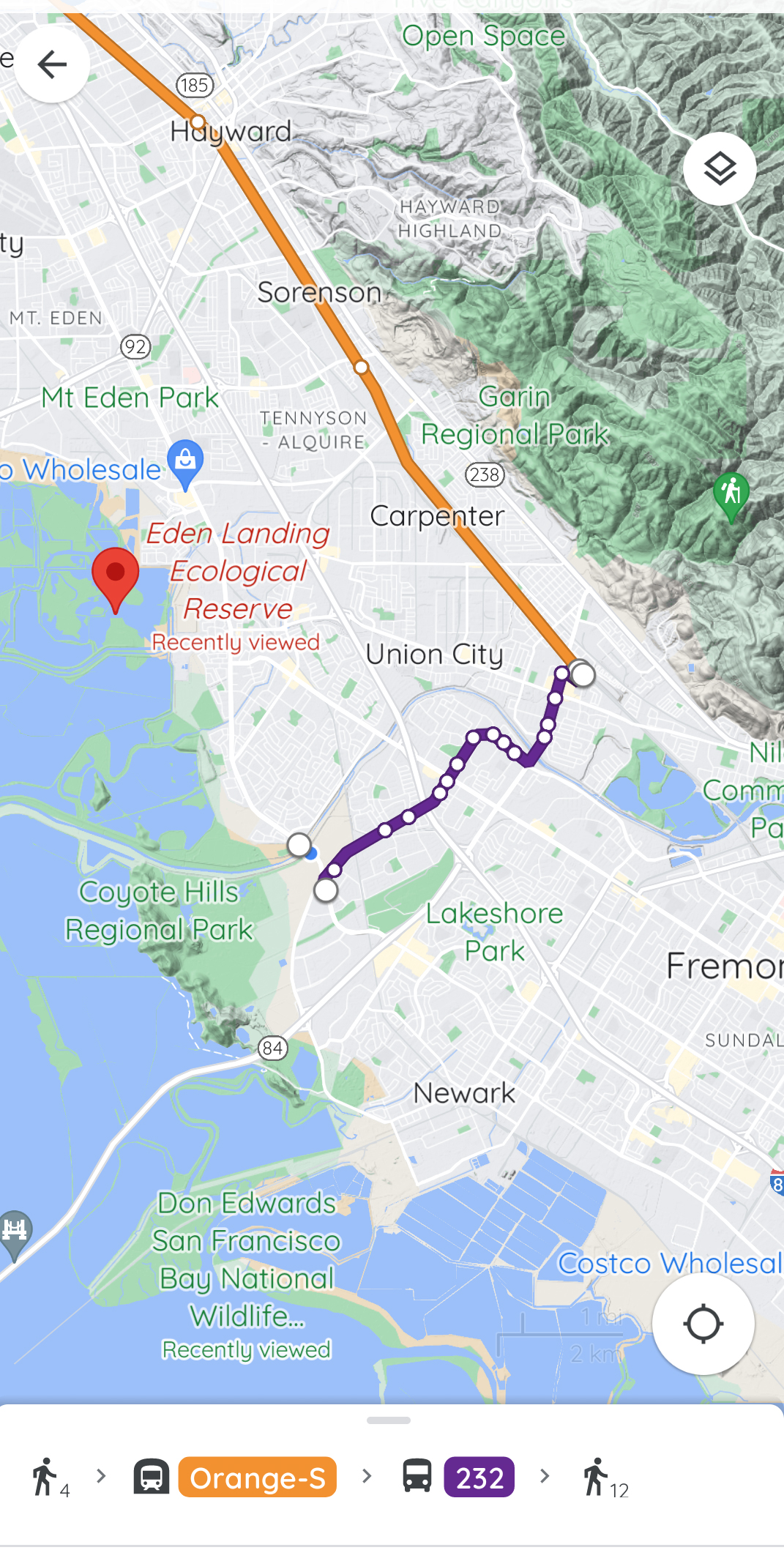I would like to briefly explain my rationale for starting this blog. First, I think hiking is fun, a good way to spend an afternoon, and a way to tell a story. But also, I think our protected outdoor areas should be accessible to everybody.
And sometimes, when I would go to hike, there would be an accessibility problem. The transit directions I used were inaccurate. Google failed to update their search engine to include new transit routes or gave walking directions that went through impassable corridors. And that reduces accessibility for everyone.
Everyone has agreed that equitable access to the outdoors is key to a sustainable future. Climate justice is the new environmentalism, and it requires not only conservation, but also equality. Everyone needs to benefit from the conservation efforts. This requires transit accessible outdoor areas better informational resources.
Access to the Outdoors is Key to Sustainability
The first example of climate injustice that comes to mind is neighborhood pollution. People who live near oil refineries, or other high environmental impact facilities, will feel the effects of pollution much more than wealthier people in better neighborhoods. Another example of climate injustice is reduced accessibility of outdoor recreational opportunities. And this is important for two reasons. First, recreational opportunities should be protected in and of themselves. But also, access to the outdoors gives residents of polluted neighborhoods the information they need to take action.
Years ago, I saw houses next to an oil refinery and mine. The houses were small and well-kept, but the air around them was dirty. There was an open field nearby. But you could not go outside for a breath of fresh air. This affected me, because you could live in a smaller apartment and have more fresh air. Residents of that neighborhood could go outside more and understand what they were missing by living near the oil refinery.
To ensure climate justice for everyone, the following objectives need to be met:
- Access to the outdoors, in the form of protected areas, so they would know how much the oil refinery deviated from what is normally called natural environment.
- Clean, safe housing with an equal right to clean air and water.
- Education about climate change and how it affects all of us.
All three of those objectives include equal access to the outdoors for transit reliant people. But they are at a disadvantage when it comes to accessing the great outdoors. It usually takes longer to get anywhere, and then the directions they find can be inaccurate or the park will still be too far away.
Transit Accessibility is a Problem for Hikers
The first time I tried to go to Eden Landing, I followed Google Maps to a completely different park. Looking again at the map, you can see how far away the google directions took me. Google seems to have expected me to jump over the Union City Sanitary Facility (more than a one mile leap) to get there. And it is not that I do not like Coyote Hills, but I was given inaccurate information.
They may have assumed the Alameda Creek Trail would lead to Eden Landing, but the two areas are not accessible to each other. I went home for the day wondering if I could possibly get to that park without a car.

Since then, I made a project to find the best transit directions everywhere. Because transit accessibility requires the right information, and the information you find on the internet is sometimes inconsistent, creating a usability problem. It is really inconvenient to take public transportation to the wrong park, you might feel like you have wasted the day.
The park’s websites sometimes list transit directions, but their listings, and accuracy, are spotty. I found only two parks that gave transit directions to themselves, and three that did not. Reinhardt Redwood Park lists all the same routes I found. But Tilden Park incorrectly lists AC Transit line 67, a weekday-only line, as a weekend and holiday line. It also omits line 65, another weekday-only line, which is a good route.
So I started a hiking blog.
I finally found a way to Eden Landing Ecological Reserve in September. You can see it here as a blog post “Hike of the Week: Eden Landing Ecological Reserve.” All my recent blog posts include transit information on all hikes, and I expect that to continue. As you can see from my posts, I personally walk to the place before publishing the post. The transit directions are of course not guaranteed forever.
It is just that hiking is really more accessible than you might think, so if you use public transportation, you should not let that stop you. But also, I want to improve transit accessibility all over the Bay Area, and hopefully, the whole world.
This requires some work. I did not post last week, since I had a lot to do. I will definitely post as often as possible, since I hope to influence the world to improve transit, as well as access to the outdoors.
Over the next few weeks, I will be making a few improvements to this blog. Stay tuned for more!

Leave a Reply